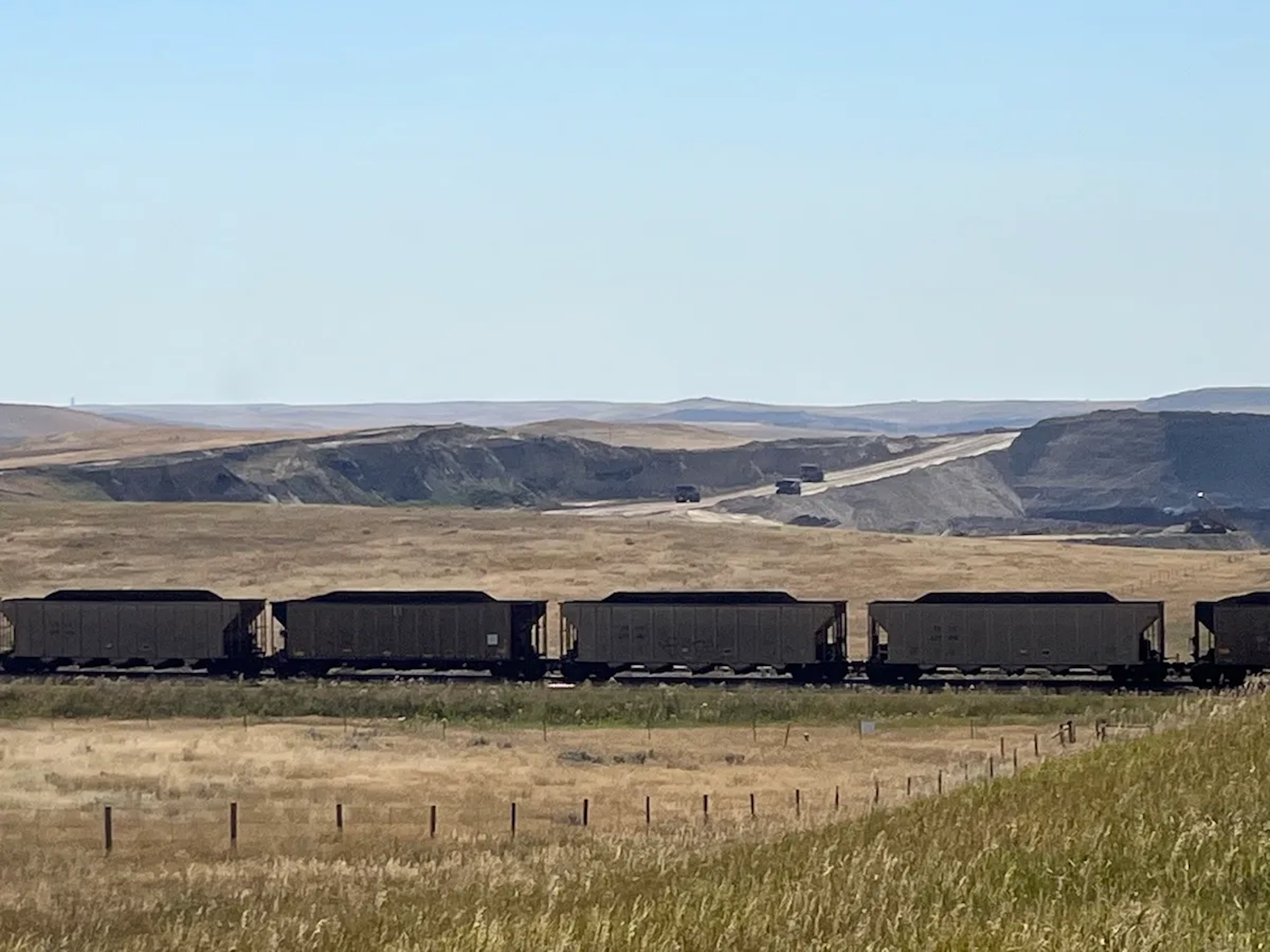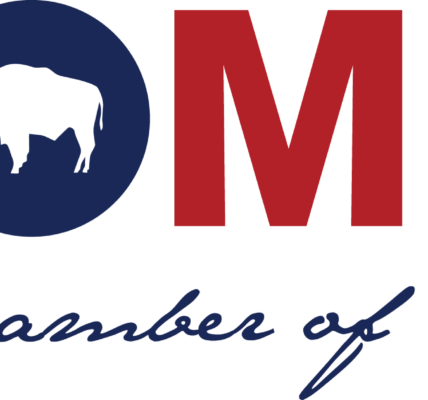
By Joseph Beaudet
The Sheridan Press
Via- Wyoming News Exchange
SHERIDAN — The third Ramaco Research Rodeo was hosted at Sheridan College last week and allowed figures in the coal industry to share findings, which laid out ways to maximize coal use and ways to increase environmental friendliness.
Ramaco’s partnerships with outside entities have helped to discover a deposit of rare earth elements at Brook Mine. The coal industry has also advanced research relating to the creation of synthetic carbon fiber and graphite with coal.
The Brook Mine comprises more than 15,800 acres outside of Sheridan, one of the largest privately controlled mineral reserves in the western United States, according to a press release.
Roughly 4,500 acres were permitted for mining in 2020, which is where the initial assessment program has been conducted. Mining at the Brook Mine could begin as early as the fourth quarter of 2023, following additional mining development and assessment. The additional 11,300 acres will also be assessed and could provide opportunities to increase the scale of overall development in the future.
In collaboration with the U.S. Department of Energy’s National Energy Technology Laboratory, it was determined Brook Mine contains deposits of rare earth elements. DOE research geologist Scott Montross shared information about the discovery during the research rodeo.
“The coal out here seems to have a lot higher concentration of the heavy rare earth elements, which we don’t really have a very good domestic source (for) right now,” Montross said.
Ramaco CEO and Chair Randy Atkins said the deposit at the Brooke Mine is unconventional.
“It’s called unconventional because most rare earth deposits are found in very hard minerals like cobalt and uranium and lithium, and these substances have to be cracked, crushed and ground before you can ever even begin the processing…” Atkins said.
Rare earth elements contained in hard minerals require the use of caustic acids which, Atkins said, are not permitted for use in many nations. Rare earth elements found in and around coal allow for a much cheaper and environmentally friendly process because the surrounding minerals are much closer to the surface and are therefore softer.
“We think we may be able to process the REEs using essentially what just amounts to water and mild salts,” Atkins said. “So, it’s not anything remotely like what’s being done now.”
Montross said it can be difficult to understand what specifically rare earth elements can be used for and how they are used for that purpose, which includes permanent magnets, solar panels and cellphones.
“I think right now where we’re at with even just phones like this,” Montross said, gesturing toward his iPhone. “You’ve got 15 of those rare earth elements (in) your phones and that’s the thing that my kids understand. It’s like ‘What do you really do?’ And I’m like ‘Well, what I do is make your phone work.’”
Montross added it remains unclear how exactly the rare earth elements came to be at Brook Mine.
“What we’ve been trying to do is to really understand the mechanisms. If you know the processes leading up to the formation of some type of mineral, you can start to predict where those are going to lie,” Montross said.
Ramaco has also partnered with Oak Ridge National Laboratory, a research facility in Tennessee, to advance the creation of synthetic carbon fiber and graphite out of coal. Multiple labs around the world are doing similar research, including the University of Kentucky International Centre for Sustainable Carbon and Institute for Advanced Composites Manufacturing Innovation.
DOE Acting Director of Mineral Sustainability Grant Bromhal said the goal is to, much like with petroleum, use all aspects of coal to get the most out of minerals available on Earth. Much of the coal burned over the last 100 years is now sitting in a pile doing nothing, Bromhal said.
“We’re trying to maximize the use of everything that we bring out of the ground and in everything that we brought out of the ground in the past at the same time,” Bromhal said.
Maximizing the minerals includes extracting rare earth elements from coal and using the mineral for synthetic carbon fiber and graphite.
Atkins said natural graphite mostly comes from China and synthetic graphite and carbon fiber are typically made from gas and a petroleum process. The use of coal makes the process much cheaper.
“We think if we can use coal as the precursor for carbon fiber, we can dramatically drive down the price of the precursor and therefore make carbon fiber a usable material for widespread use in cars and things of that nature,” Atkins said.





